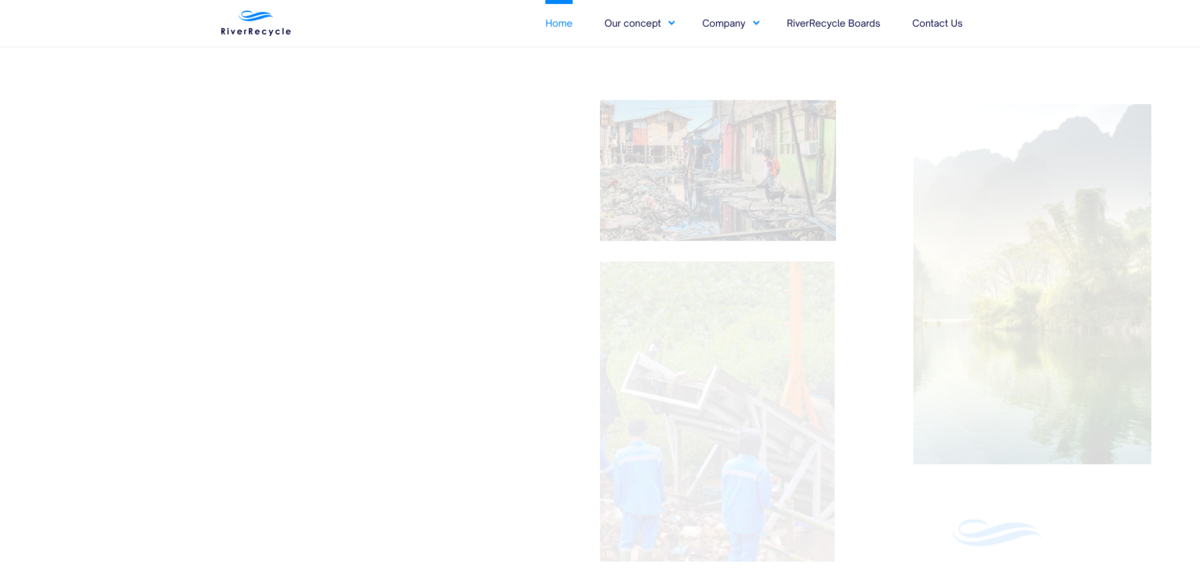What Is the RiverRecycle Project?
RiverRecycle is on a mission to stop plastic pollution from rivers before it ever reaches the oceans. Their innovative approach combines technology and sustainability in a self-sustaining loop of good. Imagine cleaning rivers like the Tatalong River in Manila, where their river cleaning technology is already making waves. One standout example is the Pasig River Cleanup project with the ICTSI Foundation in Manila, Philippines, which collects up to 4,000 kilograms of waste daily and recycles an impressive 340,000 kilograms annually. It’s about more than just picking up trash—it’s about creating a lasting environmental and economic impact that shows real commitment to sustainability.
Main Benefits and Key Figures
Numbers don’t lie, and RiverRecycle’s impact speaks volumes:
- 2.5 million kilograms of waste collected from rivers every year
- 200,000 kilograms of waste collected monthly
- 2.0 million kilograms per year of low-value plastic recycling capacity installed
- 56 projects currently in the pipeline
- Presence in 8 countries worldwide
These figures highlight not just the scale but the effectiveness of their approach. It’s clear that investing in sustainable solutions is the way forward—charitable efforts alone just don’t cut it. As CEO Anssi Mikola puts it, capitalism must be harnessed to create financial incentives for breakthroughs that can exponentially reduce ocean plastic pollution.
How RiverRecycle Tackles Plastic Pollution
Here’s the thing: 1,000 rivers are responsible for 80% of riverine plastic pollution. So, the solution? Stop the problem at its source. RiverRecycle’s process is smart and threefold: it starts with a commercial feasibility study, moves into a project phase, and finishes strong with recycling. Their technology concentrates and removes floating waste from rivers, then sorts it for reuse, recycling, or proper disposal. Instead of dumping low-value plastics in landfills where they could cause more harm, they recycle them mechanically or chemically—giving these plastics a second life and keeping them out of the environment.
The Three Phases of the Project
Phase 1 is all about learning and planning. The best way to understand a river? Clean it. This phase involves scouting locations, applying for permits, and engaging local stakeholders. Then comes studying the river’s morphology, installing initial collectors, and evaluating waste quantities and seasonal changes. This groundwork helps design the perfect river cleaning and recycling solution, complete with market studies and budgeting.
Phase 2 is where the rubber meets the road. Technology gets installed, local communities get involved, jobs are created, and education about waste sorting begins. It’s a collaborative effort that brings real change on the ground.
Phase 3 is the circular economy in action. The recycled products—like boards made from low-value plastics or raw oil from chemical recycling—are sold, generating income to sustain operations. This not only reduces the need for virgin materials but also fuels demand for these innovative products, paving the way for scaling up the impact.
What a Typical RiverRecycle Project Looks Like
Every project is unique, but here’s a rough snapshot based on past experiences:
- Project costs range from €80,000 to €1,000,000
- Between 500,000 and 1,200,000 kilograms of waste intercepted annually before it hits the ocean
- Installed recycling capacity for low-value plastics ranges from 300,000 to 1,300,000 kilograms per year
- 15 to 50 local jobs created
- 25 to 100 waste pickers earning additional income
- High visibility impact locally and internationally
- Measurable Environmental, Social, and Governance (ESG) impact
- Supports 10 out of 17 United Nations Sustainable Development Goals (SDGs)
- Waste management education provided to local communities
Project Impact on Sustainable Development Goals (SDGs)
- SDG 6: Clean Water and Sanitation
- SDG 8: Decent Work and Economic Growth
- SDG 9: Industry, Innovation, and Infrastructure
- SDG 11: Sustainable Cities and Communities
- SDG 12: Responsible Consumption and Production
- SDG 13: Climate Action
- SDG 14: Life Below Water
- SDG 15: Life on Land
- SDG 17: Partnerships for the Goals
- SDG 1: No Poverty
Why RiverRecycle’s Approach Matters
Investing in sustainable solutions like RiverRecycle’s is not just smart—it’s essential. Charitable efforts alone won’t solve the plastic pollution crisis. Instead, this project puts capitalism to work, creating financial incentives that drive innovation and scale. By turning plastic waste into valuable products, RiverRecycle supports a circular economy that benefits both the environment and local communities. It’s a win-win: cleaner rivers, healthier oceans, and improved livelihoods. The future looks brighter when waste becomes a resource, and that’s exactly what RiverRecycle is making happen—one river at a time.





















